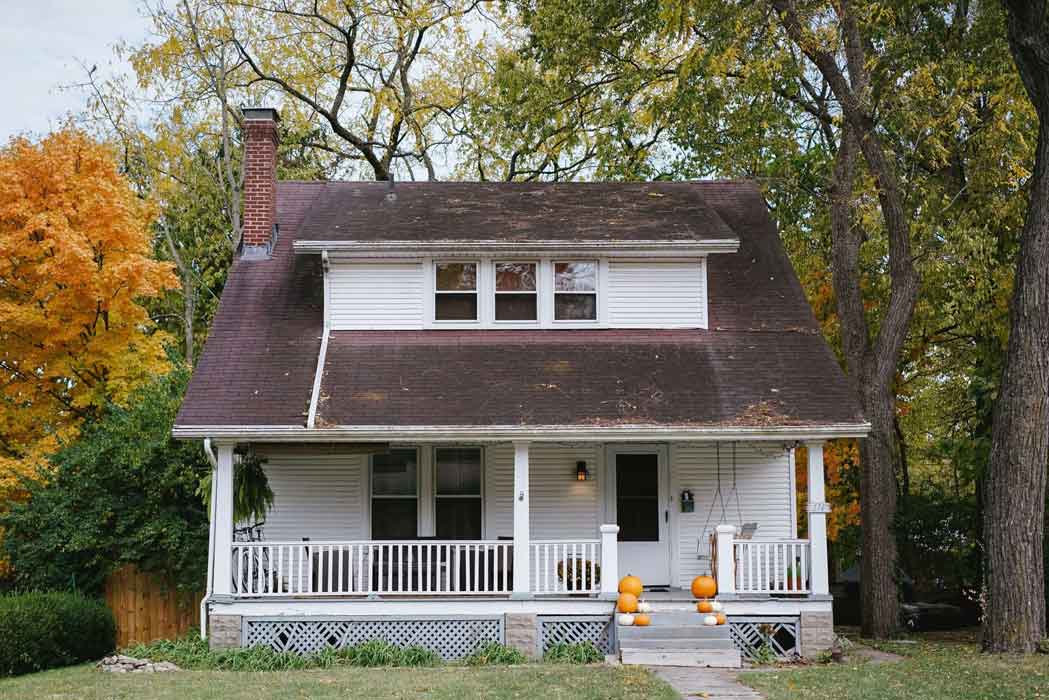Fix and flip projects are all about maximizing the value of a property to achieve the best possible return on investment. ARV (After Repair Value) funding is a crucial aspect of these projects, providing the necessary capital to purchase, renovate, and sell homes. One of the most effective ways to boost the value of a flipped property is through home staging. Staging a home involves setting up the property in an appealing way to attract potential buyers, highlighting its best features, and making it easier for buyers to envision themselves living there.
Understanding ARV Funding
Staging plays a significant role in achieving a higher ARV. A well-staged home can create a powerful first impression, making the property more attractive to potential buyers. This increased appeal can lead to higher offers and quicker sales, directly impacting the investor’s bottom line.
The Benefits of Home Staging for Fix and Flippers
Staging a home offers numerous benefits, particularly for fix and flippers:
1. Psychological and Visual Appeal: A staged home feels welcoming and inviting. It helps buyers visualize the potential of the space, making it easier for them to connect emotionally with the property.
2. Quicker Sales and Higher Offers: Statistics show that staged homes sell faster and for higher prices compared to non-staged homes. According to the National Association of Realtors (NAR), 83% of buyers’ agents said that staging a home made it easier for a buyer to visualize the property as a future home.
3. Impact on Property Sales: Case studies have shown that staged homes can sell for up to 20% more than their unstaged counterparts. For instance, a study by the Real Estate Staging Association found that staged homes spent 73% less time on the market.
By referencing reputable sources like the NAR and Real Estate Staging Association, the benefits of staging become clear, underscoring its importance in the fix and flip process.
Key Elements of Effective Home Staging
Effective home staging involves several key techniques:
1. Decluttering: Removing unnecessary items helps make the space look larger and more inviting.
2. Neutral Color Schemes: Using neutral colors on walls and furnishings can appeal to a broader range of buyers, allowing them to envision their own décor in the space.
3. Furniture Arrangement: Properly arranged furniture can highlight the functionality of each room and create a more inviting flow throughout the home.
For those on a budget, DIY staging can be a viable option. Simple actions like deep cleaning, rearranging existing furniture, and adding a few decorative touches can make a significant difference. However, hiring professional stagers can provide a polished look that might be worth the investment. Articles from HGTV and DIY Network offer great tips on both DIY and professional staging.
Common Mistakes to Avoid When Staging a Home
Even with the best intentions, some common staging mistakes can detract from the property’s appeal:
1. Over personalization: Too many personal items can make it hard for buyers to see themselves in the space. Keep it neutral and impersonal.
2. Ignoring Curb Appeal: First impressions matter. Make sure the exterior of the home is as inviting as the interior.
3. Over furnishing: Too much furniture can make rooms feel cramped and smaller than they are. Aim for a balance that showcases the space without overwhelming it.
Solutions to these challenges include focusing on neutral décor, maintaining a tidy exterior, and using appropriately scaled furniture.
Staging is a critical step for fix and flippers aiming to maximize their return on investment. It enhances the appeal of a property, leading to quicker sales and higher offers. By following effective staging techniques and avoiding common mistakes, investors can significantly impact their success.
Ready to take your fix and flip project to the next level? Start your approval process with ARVmoney today and secure the funding you need to succeed.

